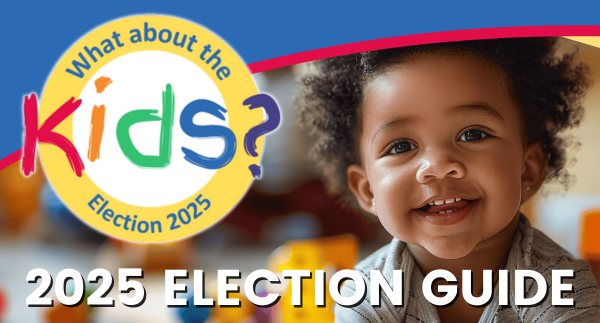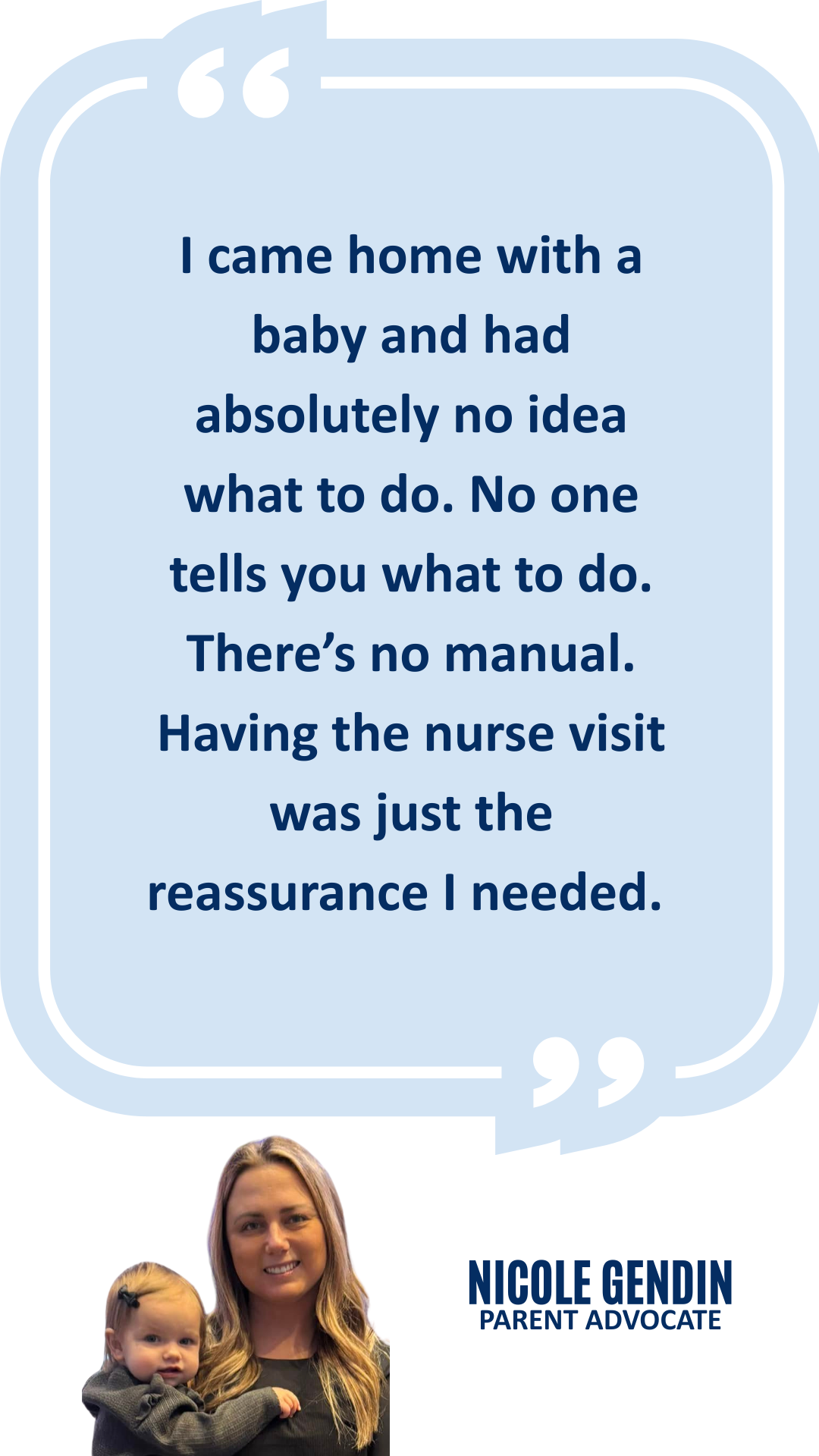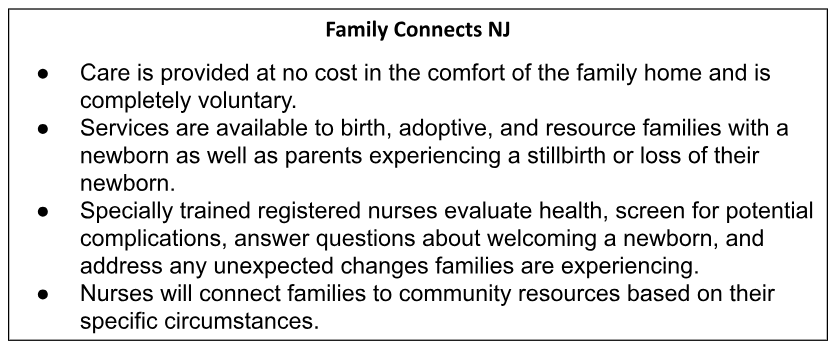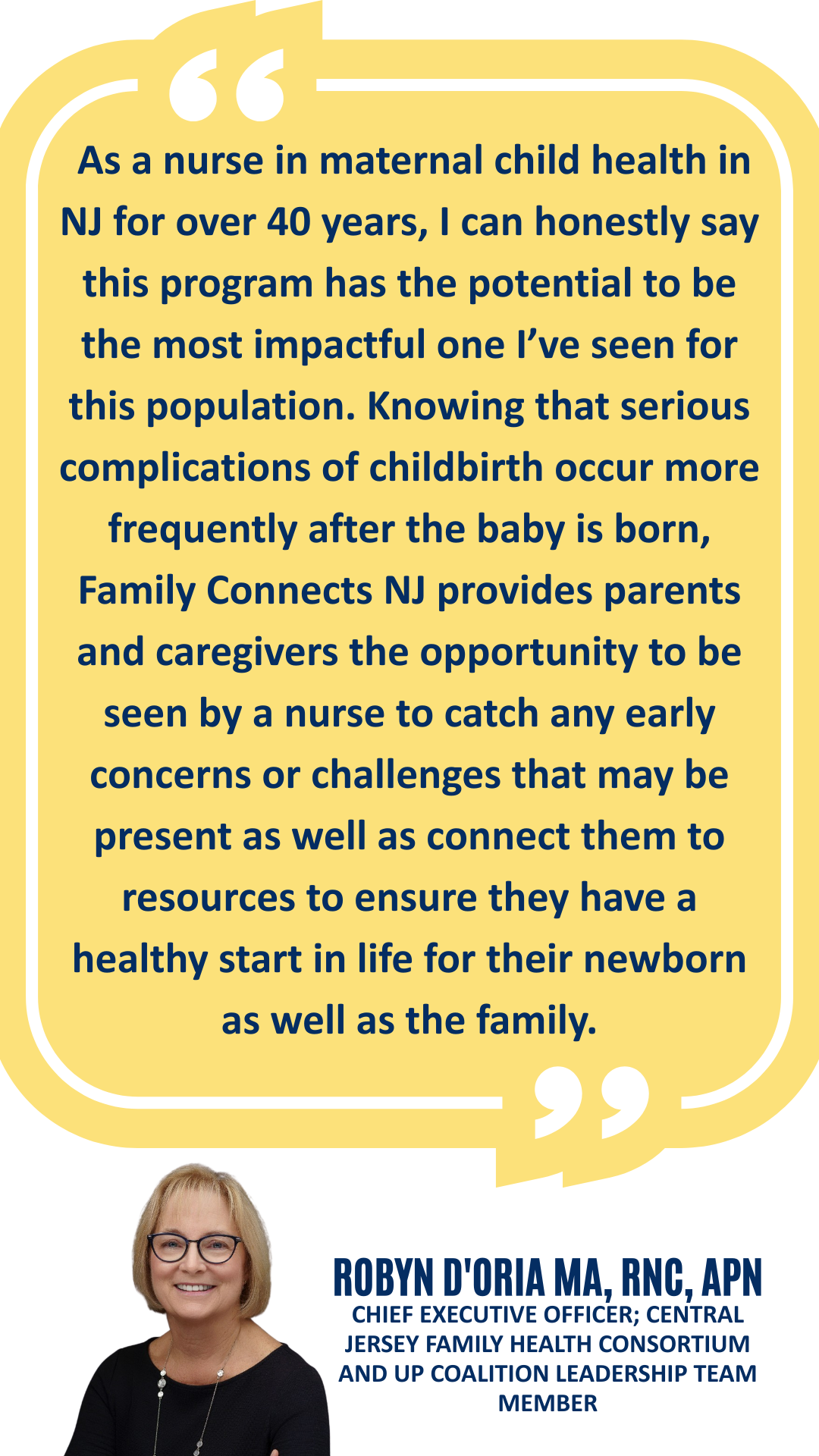Posted on September 22, 2025
Vice President of Government Affairs, New Jersey Business & Industry Association
Investment in early childhood education is an economic imperative, allowing working parents and caregivers to engage the workforce knowing that their children are in safe, age-appropriate, high-quality educational environments.
The business community has a vested interest in ensuring a robust and diverse child care system, inclusive of an early childhood education system for infants and toddlers and a care infrastructure for school-aged children, i.e., before and aftercare programs, summer camps, etc. Child care providers that cater to these youths offer a vital service to working parents and families with young children, ensuring access to quality and reliable care so that working parents can literally show up for work every day and continue to contribute to the state’s economic growth.

Let's make children and their
families the center of the
2025 Election Campaign.
Child care is also a business. These small businesses, many of which are minority- and woman-owned, contribute significantly to our state’s economy and local tax base. Additionally, much of the child care workforce is comprised of women who are disproportionately affected by child care considerations.
With approximately $1 billion invested in child care over the last several years, there is a signal that the state legislature and governor see this as a critical issue. Yet, there have also been programs implemented that threaten the short-term and long-term success of this sizable investment.
One such example is state-funded preschool. While well-intentioned, continued operation and expansion of this program in its current iteration will continue to have significant fiscal and operational ramifications for licensed and community-based child care providers, and threatens an already fragile system.
The state must prioritize using the existing infrastructure of childcare providers to ensure effective deployment of resources (facilities and taxpayer dollars) and reject efforts that harm private providers. With a holistic and integrative approach, New Jersey can realize the benefits of preschool expansion while ensuring that working families have access to the care they need for children at all stages of their development.







